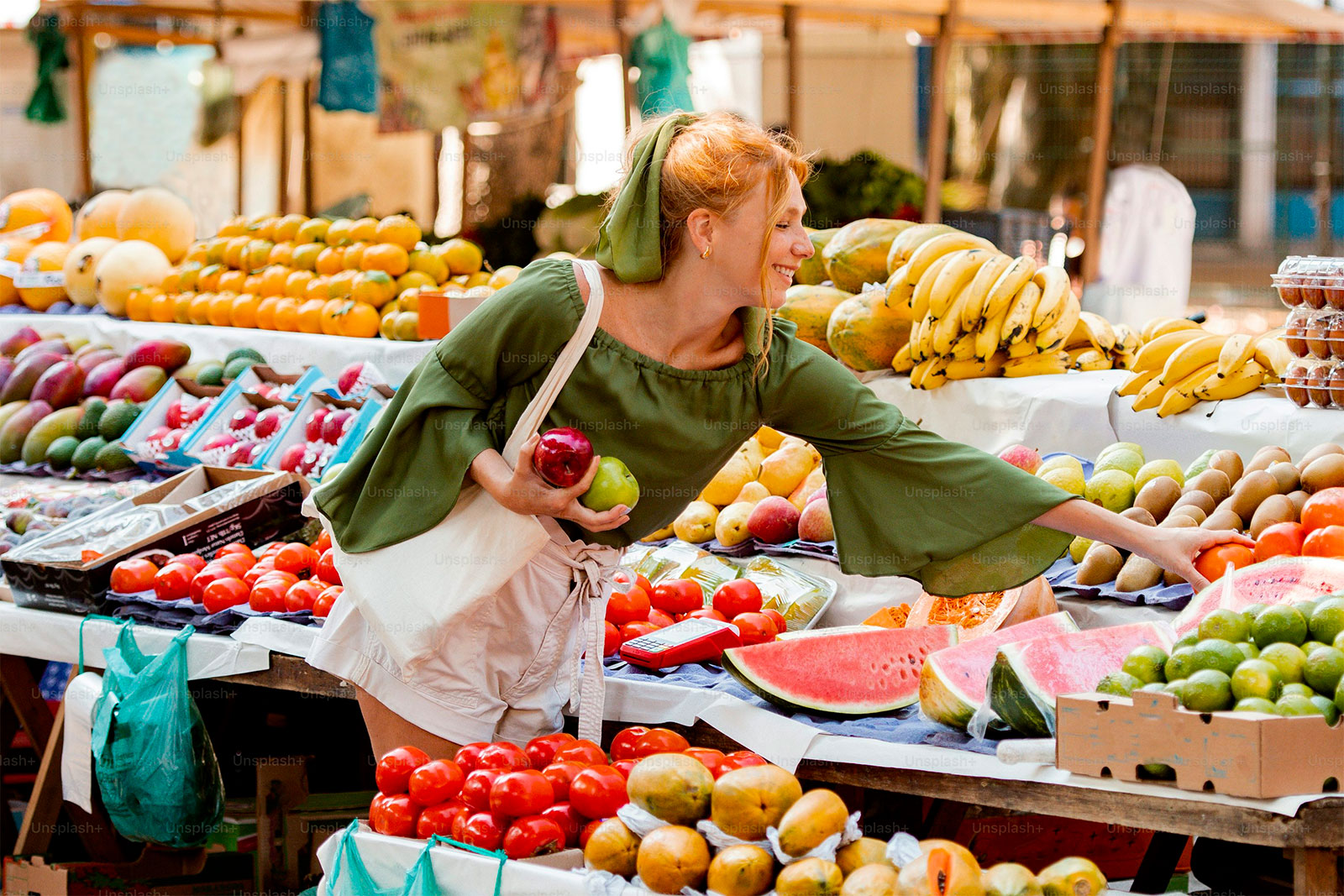Understand how French home cooks buy food at local markets, plan their weekly meals and organize their cooking in France.
A deeply rooted food culture
In France, home cooking remains a central part of everyday life. French meal planning starts with what is available at the local food market, not the other way around. The French approach is based on freshness, seasonality and quality. Most home cooks still rely on small, open-air markets or specialist shops instead of large supermarkets. This is true in both rural areas and cities.
According to INSEE (National Institute of Statistics and Economic Studies), 70% of French households cook meals daily, and 60% of food purchases are made in open-air markets or specialist food shops such as boulangeries, boucheries or fromageries.
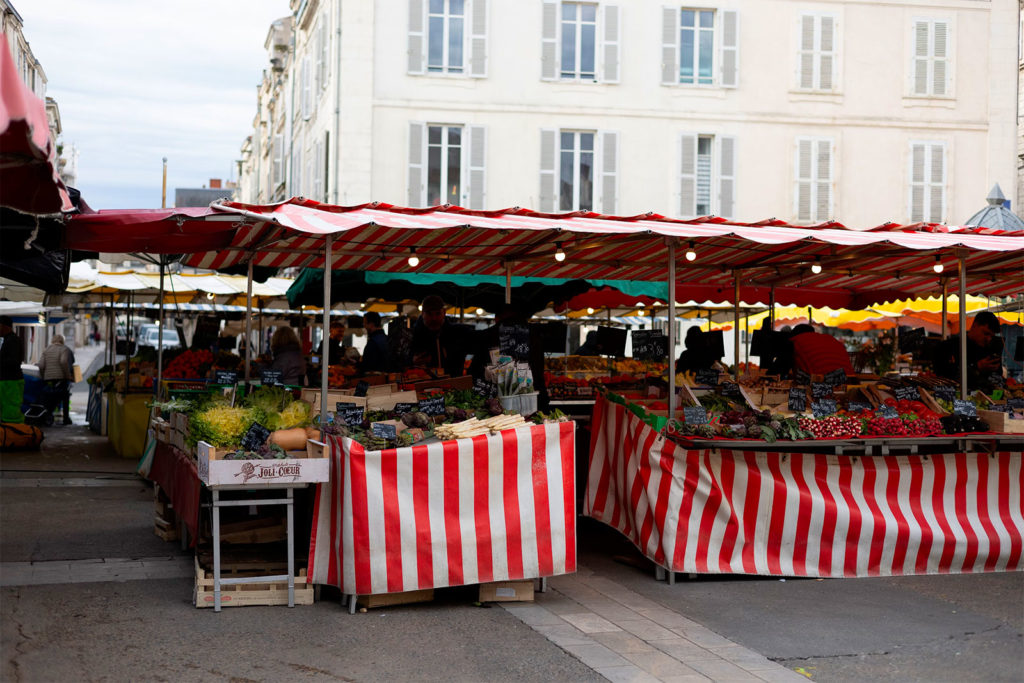
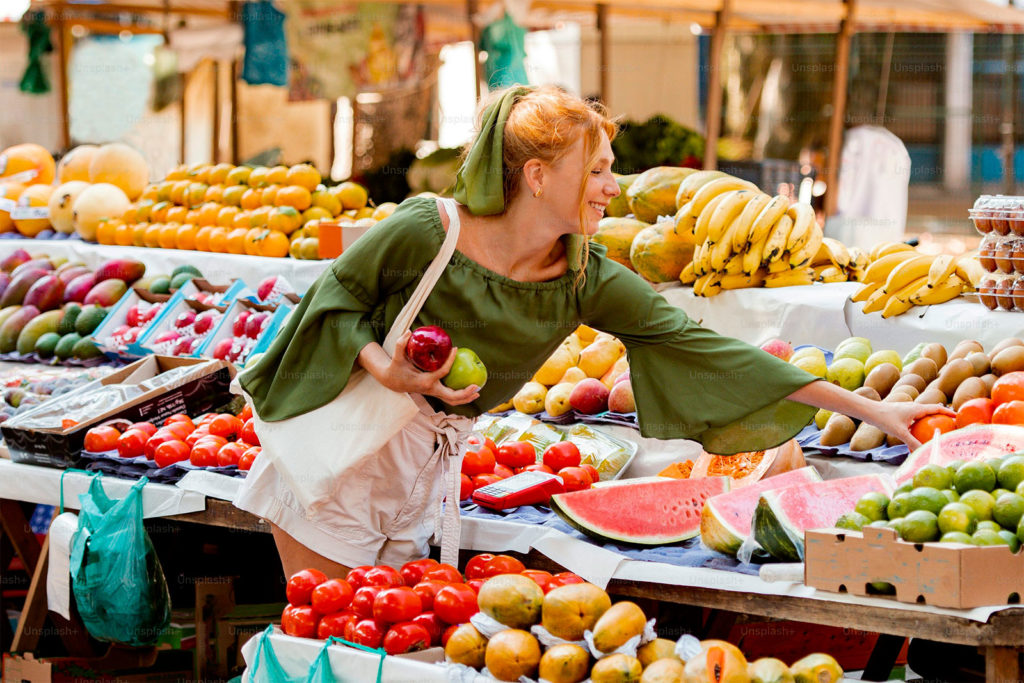
Where do the French really shop?
French home cooks often shop in weekly markets (marchés hebdomadaires). In cities like Lyon, Marseille, Toulouse or Paris, markets are open two to four days per week. The Marché d’Aligre in Paris, Marché des Capucins in Bordeaux, and Marché de Wazemmes in Lille are popular examples. These markets provide seasonal vegetables, fruits, fish, meat, eggs, dairy and herbs from local producers.
Prices vary. In most markets:
- 1 kg of tomatoes costs around €3.50 (£3 / $3.80).
- 1 dozen eggs costs €4.50 (£3.85 / $4.90).
- 1 kg of chicken breast costs €12 (£10.25 / $13.10).
- 1 baguette at a boulangerie is usually €1.30 (£1.10 / $1.40).
This preference for traditional markets over hypermarkets is partly cultural. French home cooks seek trust in their vendors. Many buyers know the names of their vegetable or cheese sellers. They ask questions about origin, ripeness, and preparation.
Meal planning starts with the market
Unlike Anglo-Saxon habits, where meals are often planned and a shopping list is written in advance, French meal planning is flexible and reactive. Home cooks walk through the market first, see what looks good, then decide what to cook. This is why improvisation plays a role in cooking in France.
After buying fresh products, cooks then organize meals around what they have. A basket with leeks, carrots and potatoes might become a potage (vegetable soup) or a gratin. Leftovers are reused, often turned into quiches, salads, or reheated as part of the next meal.
This process is less about strict planning and more about daily adaptation. There is also a strong tradition of cooking by season, which limits choice but ensures taste. For example:
- In October, most meals include mushrooms, squash, and game meats.
- In May, you find asparagus, strawberries and spring lamb in most baskets.
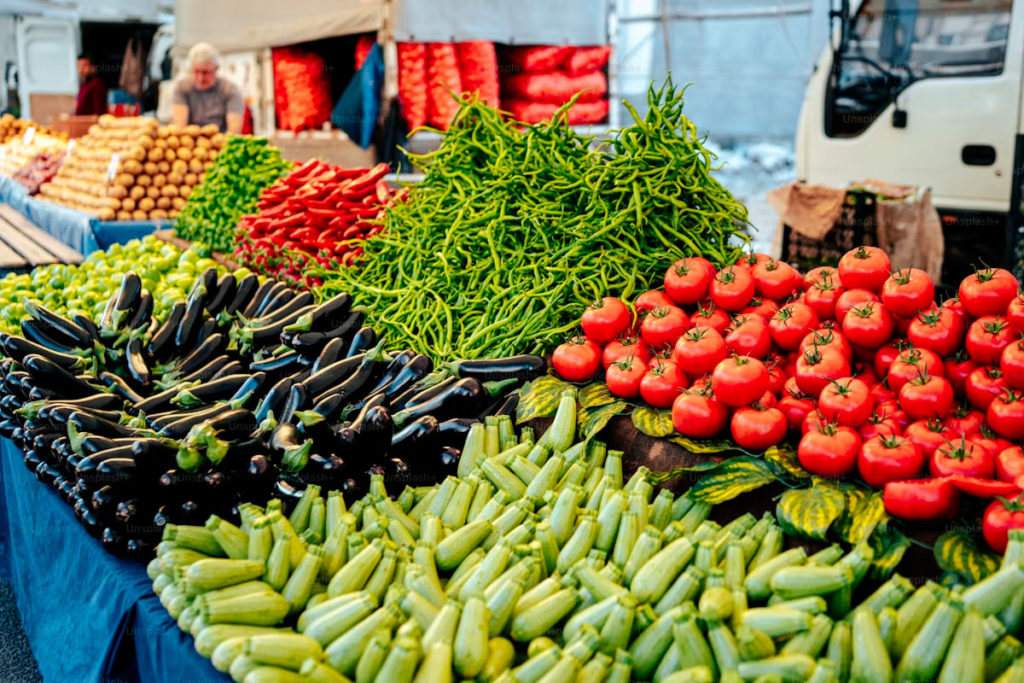
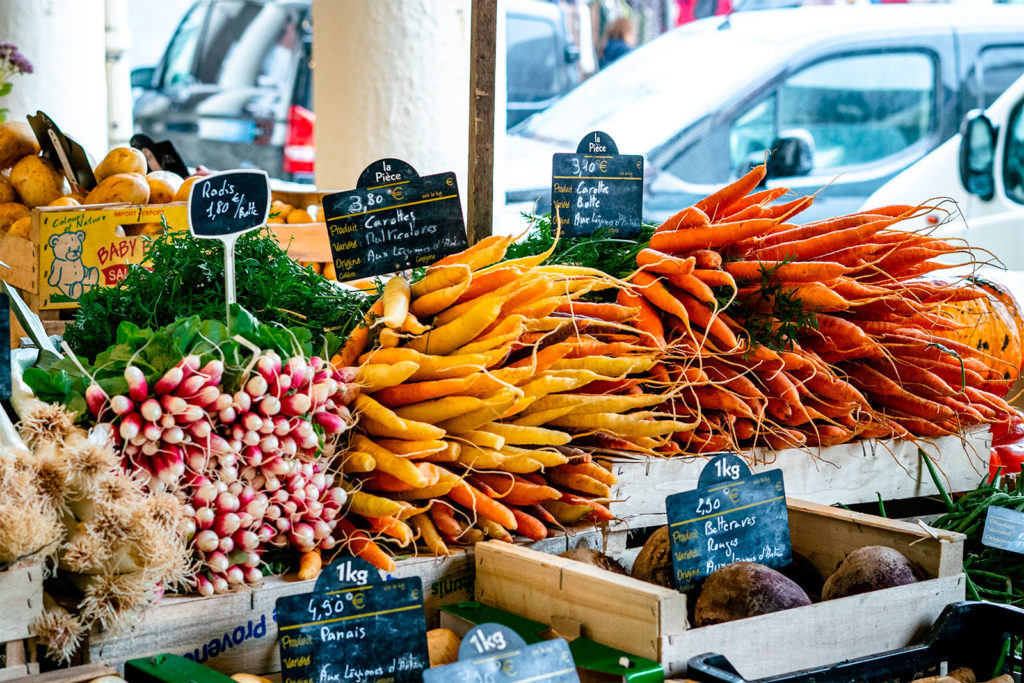
Weekly structure and batch cooking
Although French meal planning starts at the market, weekly routines are still common. Families often cook larger meals on weekends, such as boeuf bourguignon or blanquette de veau, and use leftovers during the week. Batch cooking is increasingly practiced in France too, particularly in urban households. It is known locally as “cuisine en avance” or “préparation du dimanche soir”.
This often involves cooking:
- 1 large stew or roast on Sunday,
- a soup for two evenings,
- a batch of lentils or pasta sauce for weekday lunches.
The goal is to save time and limit food waste. Meal repetition is not considered negative in France. Same vegetables are used differently across meals, such as zucchini served in a ratatouille, then as a soup base.
Cost control and food budgeting
The average French household spends €385 per month (£330 / $420) on groceries. This includes fresh products and pantry items. Prices can fluctuate depending on the region and market size. Buying seasonal food is one way to control costs. Another is buying directly from producers through AMAPs (Associations pour le Maintien d’une Agriculture Paysanne) — a popular form of community-supported agriculture.
With AMAP, a household pays around €15–€20 per week (£13–£17 / $16–$22) for a basket including 5–7 kg of vegetables (11–15 lb), plus sometimes cheese, milk or eggs. These baskets help French home cooks plan ahead with limited waste.
Shopping frequency and portion habits
French home cooks usually shop twice a week. Some prefer Wednesday and Saturday, others go Tuesday and Friday, depending on market schedules. Portions are modest. A typical household meal includes:
- 120–150 g of meat per person (4.2–5.3 oz),
- 200 g of vegetables per person (7 oz),
- small quantities of starches, like rice or potatoes, rarely large servings.
French cooking practices rarely involve excess quantities. This habit shapes shopping choices: buy only what is needed, cook what is fresh. It limits overstocking and reduces food waste.
Local shops and complementary purchases
In addition to markets, fromageries (cheese shops), boucheries (butcher shops), poissonneries (fish shops) complete the weekly shopping. Supermarkets are used for dry goods like oil, rice, flour, canned tomatoes or toilet paper.
Home cooks combine these sources:
- Local market for vegetables and fruits,
- Boucherie for meat (often pricier but better quality),
- Supermarket for bulk items.
This system allows better quality control and higher food traceability.
The French meal culture depends on local produce, improvisation, reuse, and precise portioning. Food markets remain at the heart of everyday life for home cooks. Planning revolves around seasonal products, adaptable recipes, and measured shopping. This method may not be rigid, but it is structured by rhythm, tradition and habit.
Cook in France is your gateway to French cuisine and gastronomy in France. Get in touch for your next cooking workshop.
